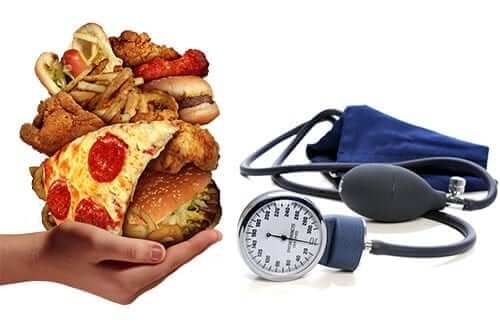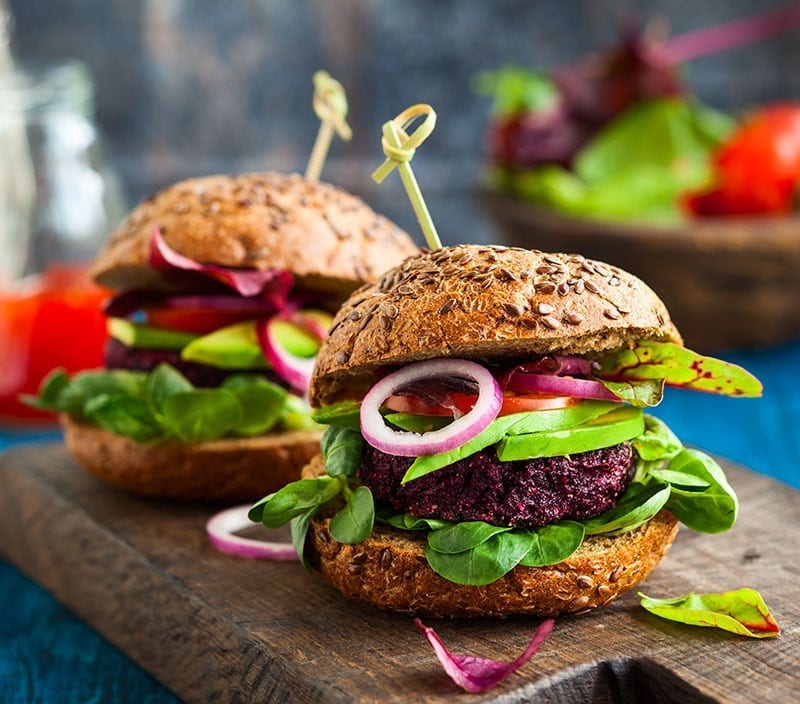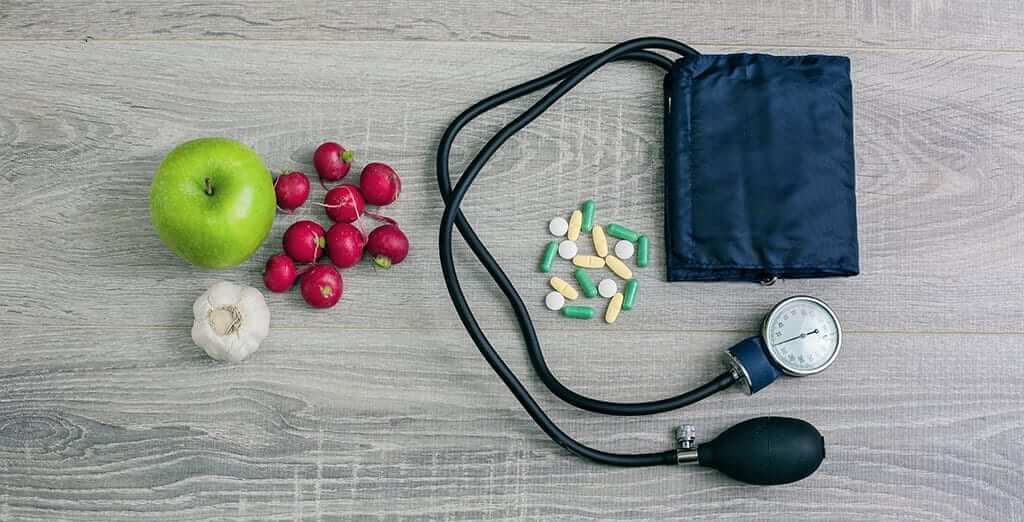This week in diabetes management sessions, I counseled a 63-year old patient who has had type 2 diabetes for 5 years and was being treated with Metformin, 1000mg, twice a day. He never attended diabetes or nutritional education and had very little understanding of proper self-care except for taking his “two diabetes pills”. He did all the food shopping and preparation since his original diagnosis. His present blood sugars, cholesterol, and blood pressure had gone way out of control along with a recent unexplained 51-pound weight loss from a normal weight of 172 to 121. His answer to the weight loss was to eat anything he could find that seemed high calorie without making wise choices due to his lack of knowledge. He added foods high in sugar, fat and salt for weight gain. He refused to do any exercise including walking for fear of losing more weight.
While this patient is being medically evaluated for his unexpected weight loss, hypertension and high blood cholesterol numbers, we needed to get him get back on track with positive lifestyle changes and reduce his fear. He understands that he may need additional medications but is willing to learn better health habits as well. He was unaware that “hypertension” meant the same thing as high blood pressure and thought he was just “too tense”. He was anxious and upset about his unexplained weight loss which did not help his blood pressure or cholesterol levels. In the meantime, we reviewed healthy tips to lower his numbers. Let’s examine some of the information that was offered to him.
What is Hypertension (High Blood Pressure)?
Hypertension or high blood pressure makes your heart work harder and may eventually lead to atherosclerosis, heart arrhythmias (such as atrial fibrillation), myocardial infarction, heart failure, stroke or kidney disease. Normal blood pressure values for someone with diabetes should be lower than 130/80. High blood pressure can be attributed to a multitude of things. It can rise due to mental stress, physical pain, due to family history/genetics, smoking, a high salt diet [those who are salt sensitive], kidney disease, aging, too much alcohol, obesity, diabetes, sleep apnea, adrenal tumors, pregnancy, birth control pills or a sedentary life style.
95% of hypertension is due to essential hypertension which means there is no specific “underlying cause.” African Americans and men have a higher risk of high blood pressure compared to women and other ethnic groups. Most people are familiar with a phrase called “white coat syndrome” which used to have a benign connotation. Research done in Italy confirms “if blood pressure in the doctor’s office rises due to stress from the visit or from possible negative news, then the stress of daily life may also have you running around with high blood pressure numbers”. Some people complain of a dull headache, blurry vision, shortness of breath or dizziness, but most people who experience high blood pressure rarely notice or have any symptoms. This confirms that driving in traffic, work problems, having an argument, or worrying about finances may leave you with eventual permanent high blood pressure.

Sit at least 3-5 minutes prior to having it tested. Your arm should be held at a 90-degree angle and blood pressure should preferably be tested in both arms. Make sure the cuff fits completely around the upper arm. Simply using a wrong size cuff may lead to inaccurate results; office staff may be rushing around without changing the cuff, so be aware if you require a large cuff. Most physicians stock large cuffs. Physicians and office staff will average taking 1-3 readings during a regular visit if you show high numbers. If your physician is still uncertain, they may order a 24-hour blood pressure monitor which will automatically test your blood pressure every 20 minutes and document it with a graph.
Lower Your Cholesterol
Cholesterol is a “waxy substance” in the bloodstream that your body needs to build new cells. When LDL cholesterol levels go too high it can lead to heart disease, myocardial infarction or stroke. High cholesterol can be due to poor life style choices such as smoking, obesity, inactivity, diabetes and a poor diet rich in saturated and trans-fats. It is also determined by your family history/ genetics. There are no symptoms associated with high cholesterol and it only requires a simple blood test for quick results. The preferred numbers for people with diabetes is a total cholesterol of less than 200, a LDL of less than 100[ideally 70] and an HDL of 45-55.
Many patients are offered statin medications to achieve improved numbers but choose not to take them due to potential side effects. It can be difficult to reach the desired cholesterol numbers without pills but as always, your physician will weigh the risks and benefits; ultimately it is you who will make the final decision about taking cholesterol medication. Please inform your physician if you choose to skip the medication so they understand your high numbers; otherwise they will keep raising the prescription strength. In the meantime, some of these lifestyle suggestions should help! Here are 7 tips to naturally control blood pressure and LDL/HDL cholesterol:
1. Don’t Stress
Feelings of constant stress, fear, anger, emptiness, despair, depression and anxiety can lead to blood pressure elevation. One of the questions asked on the diabetes assessment is “how well do you deal with stress?” since it can influence your overall health and diabetes control. Challenge yourself if you suffer from these conditions by learning to meditate and to deep breathe. There are free internet Apps which will encourage you with uplifting meditations, messages or soft music. Look for Calm, Insight Timer, Headspace or Inner Balance for focused messages and meditations. There are local mediation classes offered at the YMCA, private classes and neighborhood community centers. You can even find a quiet place to sit with no distractions and focus “on absolutely nothing”. This helps free your mind of the constant chatter which never allows you to fully relax and often adds to the stress.
Consider getting acupuncture, which is an ancient Chinese technique of placing thin sterile needles in certain body meridians to lower cortisol levels and stress. Develop your own plan by trying yoga, deep breathing or Tai Chi. Aerobic exercise raises natural endorphins and can bring a happy, calm feeling. If you are not making progress against your negative feelings, consider seeking help from a trained mental health therapist or social worker. They may recommend support groups, group or individual counseling or medication.
2. Quit Smoking
Blood pressure and heart rate will decrease when you stop smoking. HDL levels rise to protect heart health. After one year of not smoking, your heart disease risk goes down by 50% and after 15 years you will have a similar risk of never having smoked. It is the most important habit to quit!
3. Moderation is the Key
Drinking too much alcohol can affect blood sugars as well as increasing blood pressure, risk of stroke and heart failure. Moderate alcohol intake may lead to raising HDL values (good cholesterol) but the advice is “do not start drinking solely for this purpose”. After you discuss your situation with your health care provider, the guidelines remain – one alcoholic beverage for a female or male 65 or over and two alcoholic beverages for a male under 65. People often drink more alcohol when under stress which can play havoc with your blood chemistry and blood pressure. Always watch total ounces of alcohol and eliminate sweet mixers for the least impact on all your numbers.
4. Get Moving
The patient I mentioned at the beginning walked daily for 30-40 minutes, became afraid to lose more weight, and stopped walking completely. We reviewed basic guidelines of exercise. Getting back at it will have a huge impact on blood sugar, blood pressure and cholesterol values but little effect on weight loss (if done with low intensity and for short amounts of time). He completely understood the impact of exercise and agreed to start back immediately. Even adding 10-minute intervals several times a day will help. Stand up for 2-5 minutes for every hour you are sitting. Walk after every meal; just a 2-minute walk may help blood chemistry numbers. Take the stairs, walk to the store and just become more active. Exercise will raise HDL or good cholesterol and reduce blood pressure.
5. Modest Weight Loss
As with diabetes, both blood pressure and LDL cholesterol numbers will generally decrease with modest weight loss between 5-10 percent of your total body weight. Pay attention to mindless eating. Get a support system or take control on your own. Find out what your biggest challenge to weight reduction is and work to tackle it. Start with small changes that you can build on. Reward yourself with anything except food. Meet with a dietitian if you are frustrated and can’t make weight loss progress.
6. Get a Good-nights Sleep
I often counsel patients with chronic sleep problems including insomnia or sleep apnea, which elevate blood sugars, blood pressure and cholesterol. Poor or restless sleep can lead to higher numbers. Find techniques which may aid sleep including a cool, dark and quiet room. Do not exercise for 2 hours prior to sleep. Have a light snack including a protein and carbohydrate 30 minutes prior to sleep. And be sure to shut down electronic devices 2 hours before bed. If these or other OTC basic remedies do not work, it is important to talk to your physician about a sleep study. This may lead to a sleep apnea diagnosis (common with diabetes) which may require you to wear a C-PAP mask.
7. Watch What You Eat

As for helping cholesterol levels, decrease saturated fat including butter, fried foods, whole fat cheese, milk and fatty meats. There is a current controversy regarding saturated fat intake, so check with your physician for the best advice. Completely eliminate trans-fats which have recently been banned by the FDA and is slowly be removed from all foods. Trans-fats are usually present in bagged and boxed foods along with many fast foods. Avoid partially hydrogenated oils.
Choose foods high in Omega 3 fatty acids including salmon, mackerel, herring, sardines, trout and tuna. If you do not eat animal products eat Chia, hemp, flax seeds, almonds and walnuts for Omega 3s. These foods can elevate HDL s, lower triglycerides and reduce blood pressure. Eat fiber try to have 30 grams daily, especially soluble fiber which can lower LDL levels. Add oatmeal, beans, vegetables, lentils, oat bran and fruits to your daily plan.
If these life style adjustments are not enough to get your numbers where they need to be, work with your health care provider to find the best balance of medication and lifestyle for you. Remember you may still require medications but the doses will certainly be lower than if you had made no changes!
NOTE: Consult your Doctor first to make sure my recommendations fit your special health needs.







Hi Bernie,
Thanks for your question about snacking before bedtime. Eating a small snack, 30 minutes prior to bed, can help stabilize blood sugars during the night, which then lowers the morning fasting blood sugar. With diabetes and high blood pressure, you want a small snack of 15 grams or one serving of a carbohydrate, plus one serving of a protein. This equates to approximately 2 whole grain crackers and a tablespoon of natural peanut, cashew or almond butter.
The store brands of nut butters, such as Skippy, can add salt which can increase blood pressure and can add sugar which increases blood sugar. Many regular grocery stores now grind their own nut butters using just the actual nuts at the deli counters. Try and look for some of those.
Skip fruit at bedtime since it does not hold your hunger. You may prefer a slice of whole grain bread with a slice of low sodium cheese or low sodium turkey breast. However, be warned that certain cheeses and deli meats are high in sodium. Have a handful of unsalted nuts (6-8 almonds or pecans) with 4 ounces of low fat milk. Try to meet with a dietitian or diabetes educator to find more meal planning ideas or just get on line for diabetes-friendly recipes. Good luck!
Nurse Robbie
Thank you for this article!
I will try your suggestion to eat a snack just before bed since I suffer from extreme restlessness at night and I never eat 4 hours before I go to bed (old habit).
Could you recommend a treat for someone with diabetes and high blood pressure?
Thank you again,
Bernie